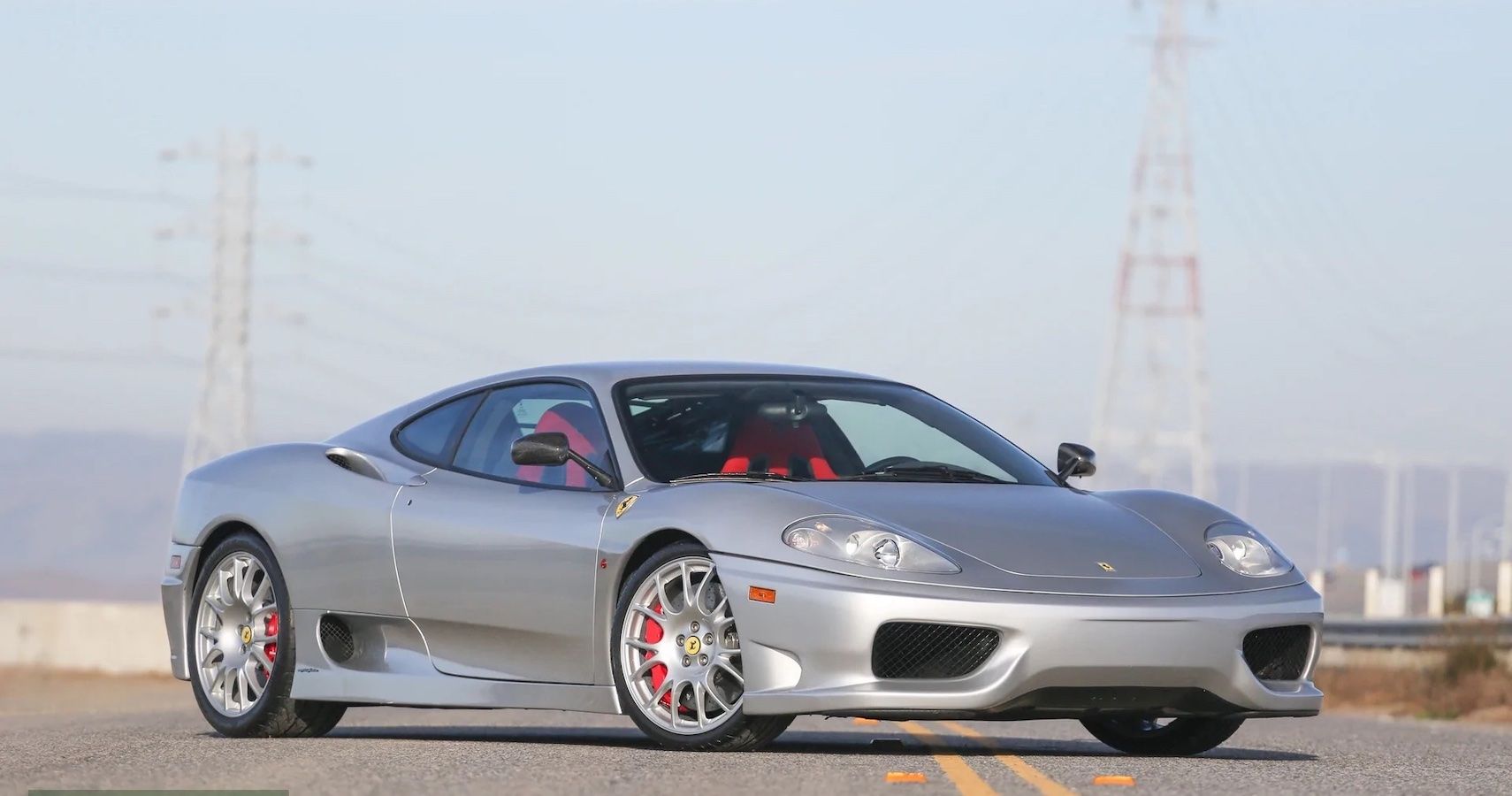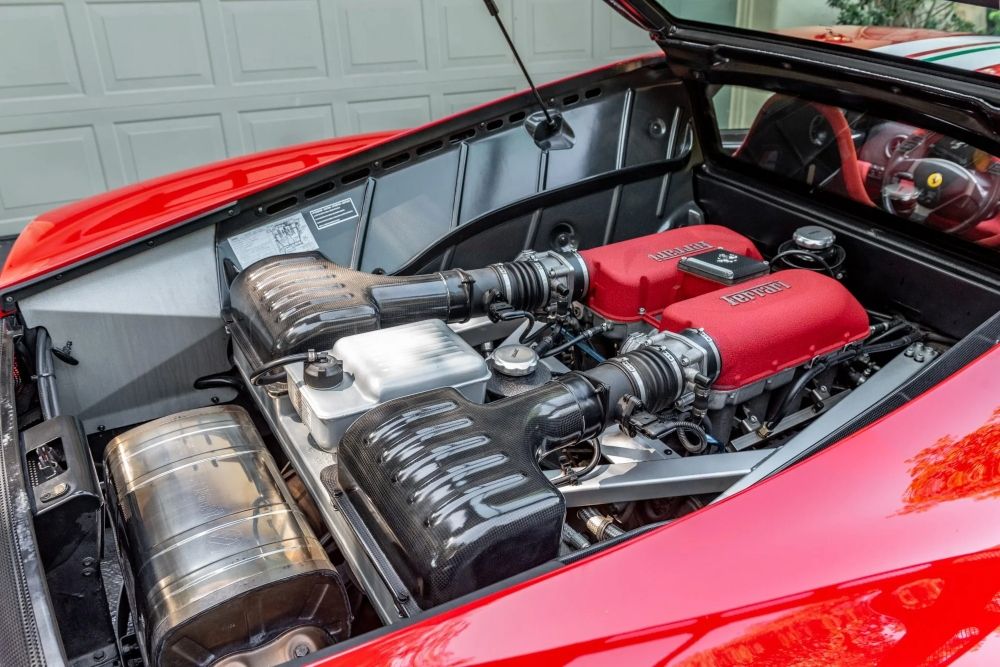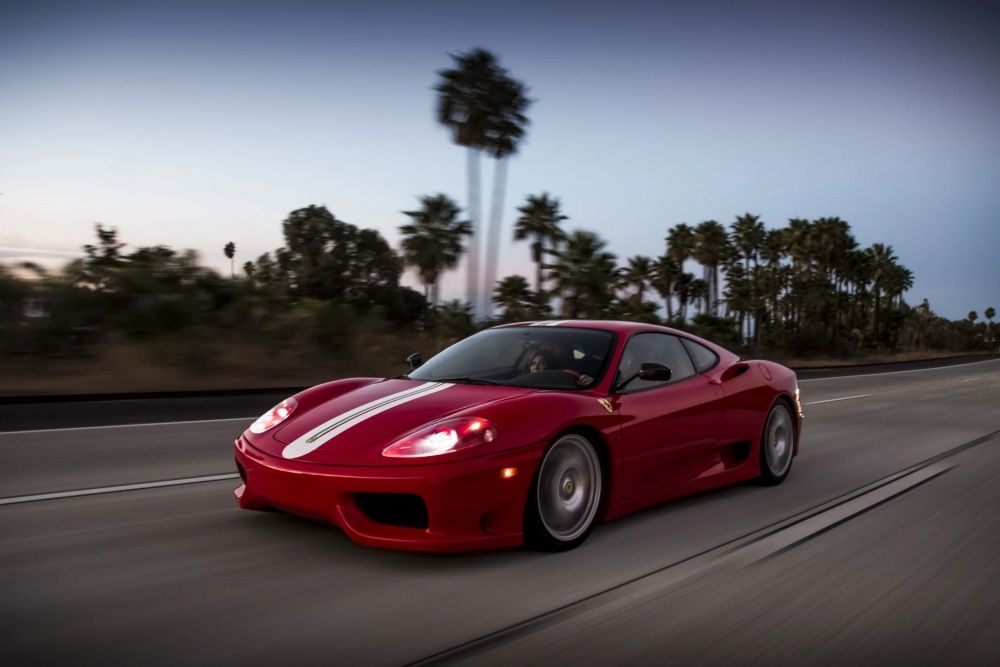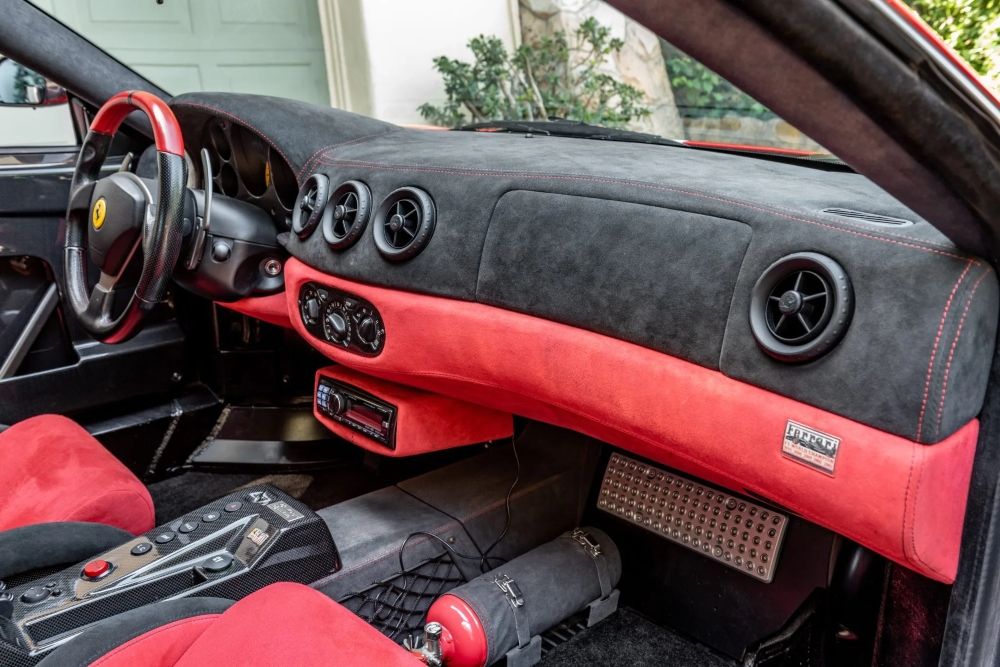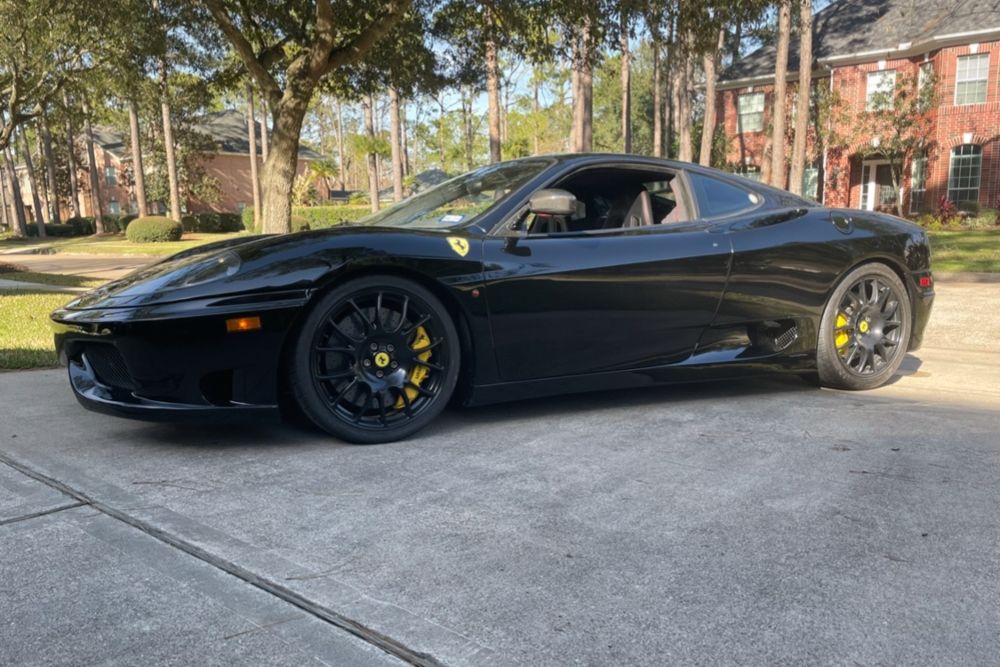Ferrari unveiled an upgrade package for their 360 Modena at the 2003 Geneva Motor Show. Since then, buyers who purchased a 360 at a late manufacturing stage choose the Challenge Stradale option.
To understand this car, it is first required to understand the unique vehicle Ferrari built it on. Ferrari's standards have increased since the F355's predecessor, the 360 Modena, thanks to its all-aluminum monocoque and 395 horsepower flat-plane V8.
Given these features and Pininfarina's classic style, it was naively simple to refer to the 360 as the ideal sports vehicle. And several outlets actually did that.
The 360 has benefited from several motorsport programs, similar to the Ferrari dual-purpose road and racing cars of the 1960s.
Given that 300 units have been competing in a Challenge program since 2001 and Ferrari's factory GT Endurance model made its debut in the latter part of that year, the series has benefited from numerous track sessions. Ferrari's decision to deliver its innovations in the 360 Challenge Stradale is a result of these vehicles.
Let’s have a closer look at the Ferrari 360 Challenge Stradale.
The 360 Challenge Stradale’s Performance Took The Ferrari Name To Newer Heights
Power comes from a modified version of the standard 360's V-8, which now produces 425 horsepower at 8500 rpm, making it the most potent normally aspirated V-8 Ferrari has ever produced. Peak torque stays constant at 4750 rpm and 275 pound-feet.
With a novel control approach tailored exclusively for this car and a higher processing speed, the F1-type electro-hydraulic gearbox speeds up gear changes. Additionally, there are two different gear-change configurations (Sport and Race), each of which specifies a different damper and traction-control setting.
The Stradale speeds from 0 to 62 mph in 4.1 seconds, according to Ferrari. It completes a quarter-mile in 12.1 seconds. The Stradale has a lower, firmer suspension and rides on Challenge-style wheels measuring 19 inches, wrapped in Pirelli P Zero Corsa tires.
Everything About The 360 Challenge Stradale Is Not Only Captivating But Practical As Well
Ferrari equipped the Challenge Stradale with a unique aero pack to improve downforce and hence enable substantially higher turning speeds. Most of these new components were Resin Transfer Moldings, which were significantly lighter than the regular parts and were also used in the one-make Challenge racing vehicle.
Below the gaping air intakes at each corner, the bottom edge of the front bumper assembly has a more aggressive curve. Ferrari installed new mesh grilles on the intakes themselves. The side skirts are substantially deeper to improve airflow around the rear wheels.
The rear of the car received a more noticeable rear spoiler on the trailing edge of the rear hatch. And four large air vents flank the back window.
Ferrari included both Scuderia Ferrari wing shields and a Challenge rear grille, which are typically options on the 360, as standard equipment.
Ferrari also included special external mirrors made of exposed carbon fiber with the Challenge Stradale.
Ferrari Built The 360 CS’ Interior For Speed But With The Customers Needs In Mind
To reduce weight, Ferrari removed all the internal carpeting and a large portion of the soundproofing. Basic rubber mats equipped the footwells.
Alcantara suede covered the dash and seats rather than leather. Normally, Ferrari trimmed the top dash and seat bolsters to contrast with the seat centers and knee roll.
Ferrari constructed both the unique center console and the new door panels entirely from exposed carbon fiber. Customers might have selected between electric glass or sliding Lexan windows.
Ferrari installed a 360 Modena option, carbon fiber racing seats as standard equipment on the CS. The option of four-point harnesses or traditional safety belts was another free improvement. One could order the actual seats in small, medium, or big sizes.
The instrument binnacle's center featured a distinctive yellow rev counter that read to 10,000 rpm and had a carbon fiber fascia. A speedometer reading 220 mph was off to the right. One could locate a digital fuel readout underneath the speedometer.
One could find three tiny gauges (water temperature, oil temperature, and oil pressure) and a group of warning lights to the left of the rev counter.
The 360 Challenge Stradale Is A Successor Of A Great Car, The Ferrari F355
The F355 was on the cover of Performance Car magazine's July 1994 edition as "Ferrari's $94,000 bargain." The Ferrari F355 serves as a link between the old and the modern Ferrari, as well as between the charming, vintage, tiny V8s and the more current 200 mph V8 supercars.
It is the final hand-built Ferrari but also represents the introduction of true contemporary technology.
Despite the fact that the F355 was far from uncommon (Ferrari made more than 11,000 specimens), its prices have increased recently and undoubtedly will do so again. Few Ferraris currently elicit as much yearning as an F355 did in 1994.

